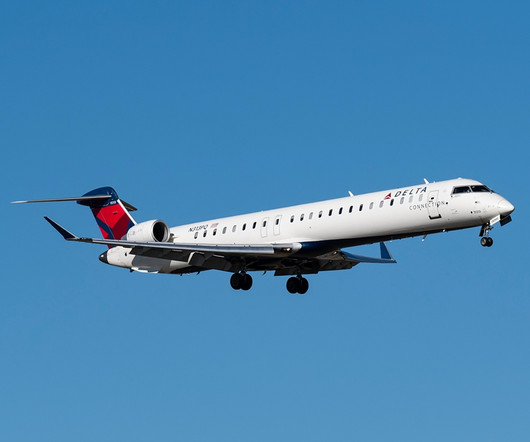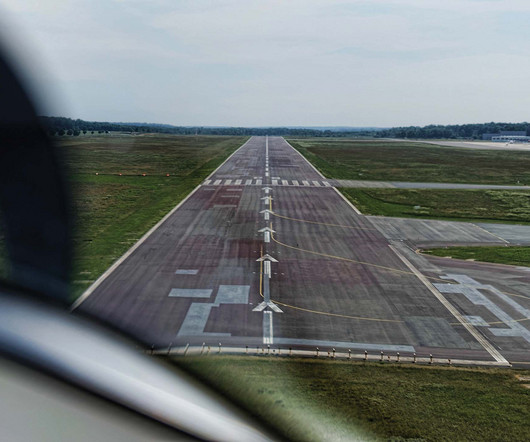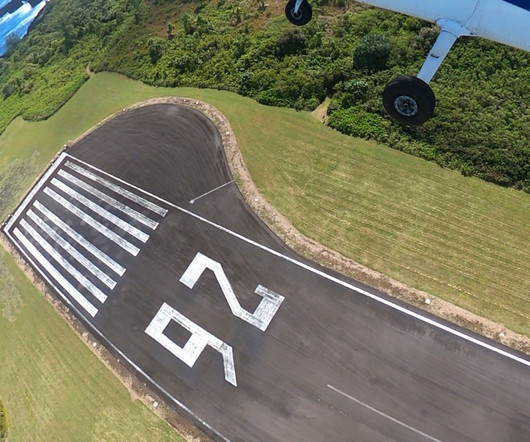Delta CRJ removed from Toronto runway, passengers offered $30,000 compensation
Aerotime
FEBRUARY 20, 2025
The wreckage has now been removed and will be stored in a secure location out of the public eye as investigators from Canadas Transport Safety Board and the airline continue to examine what might have caused the plane to end up inverted and without one wing and its vertical stabilizer.

















Let's personalize your content